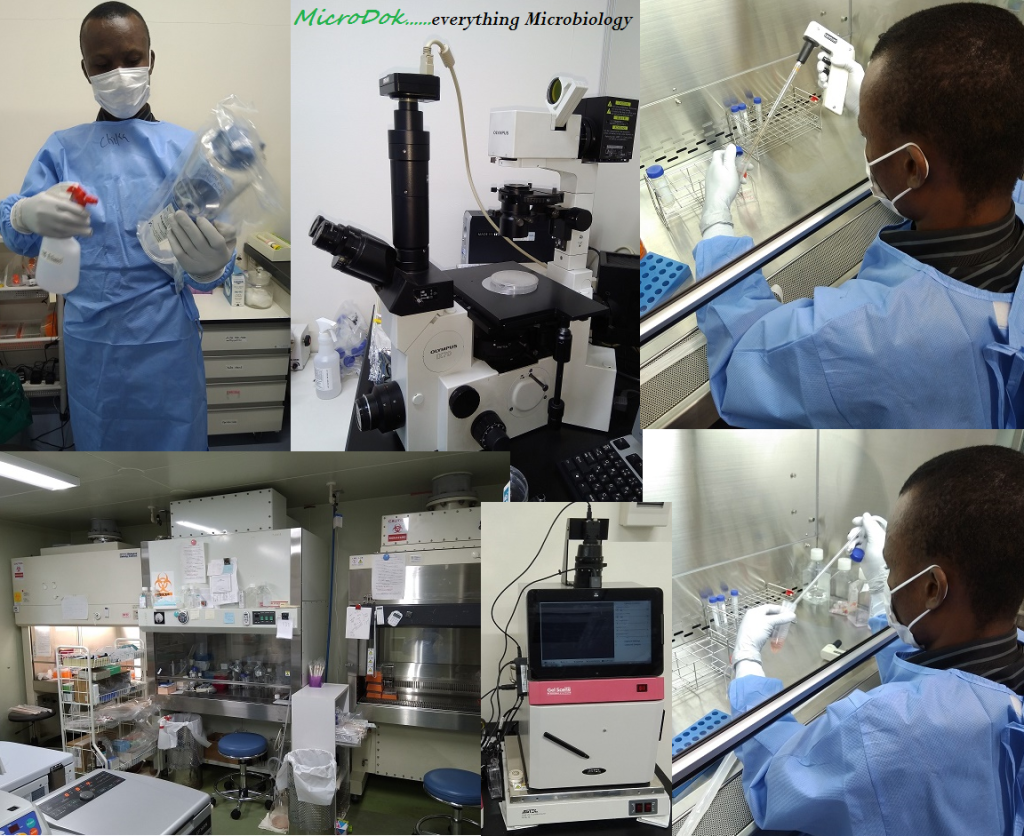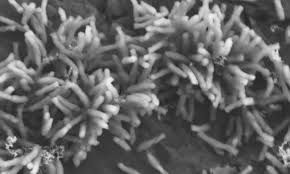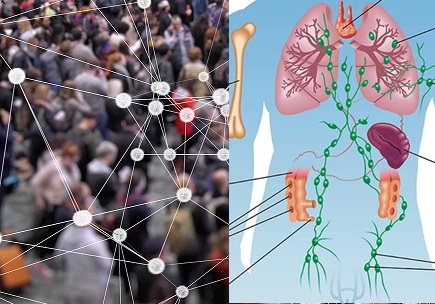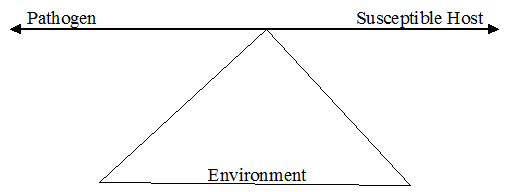ZOONOTIC INFECTIONS
The phrase ‘Zoonosis’ is a Greek word that comes from zoon (which means animal) and osis (which means ill). Zoonoses (plural: zoonosis) therefore, are animal diseases transmissible to humans. Zoonotic infections which can also be called zoonosis are diseases/infections caused by pathogens that can be passed or shared between humans and animals. They are diseases […]
ZOONOTIC INFECTIONS Read More »
Epidemiology









